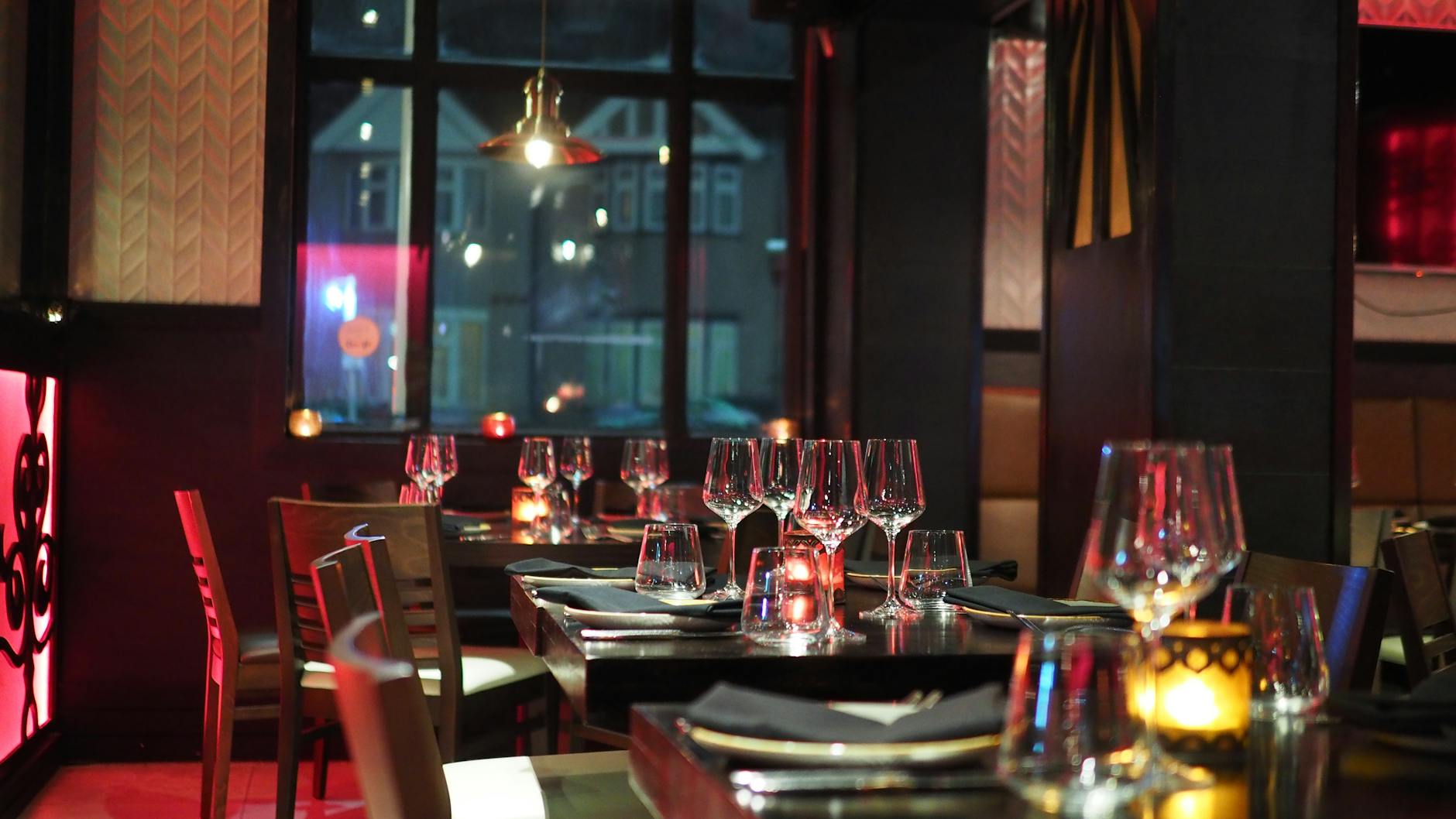In the competitive landscape of hospitality, the road to success is fraught with challenges. For many entrepreneurs, the allure of starting a business in this industry is overshadowed by the daunting statistics: 60% of hospitality ventures fail within their first year, and a staggering 80% don’t make it past the five-year mark. These numbers are significantly higher than the average business failure rate, and they beg the question: why do so many hospitality businesses fail?
Financial Pitfalls and Marketing Missteps
One of the most critical factors crippling hospitality businesses is inadequate financial planning. A common mistake among new entrepreneurs is underestimating the capital required to not just open their doors, but to sustain operations during those crucial first months. The lack of sufficient funds often means there’s little to no budget left for marketing—a vital component in attracting and retaining customers. Without a solid marketing strategy, even the most promising establishments can struggle to gain traction in a crowded market.
Effective marketing in the hospitality industry requires more than just spreading the word. It involves targeted campaigns that resonate with potential customers and build long-term loyalty. For example, using discount codes in advertisements can help track which marketing efforts are driving bookings. However, once customers walk through the door, it’s up to the quality of service, food, and atmosphere to ensure they return. Competing against well-funded chains requires building a reputation based on these key elements.
Staffing Struggles: The Balance Between Quantity and Quality
Another major challenge is staffing. New businesses often fall into the trap of hiring too many or too few employees, or assembling a team that lacks the necessary experience. While it might seem logical that more staff equals better service, the reality is that a small, well-trained, and motivated team can outperform a larger, less engaged one. It’s crucial for hospitality businesses to strike the right balance.
Your staff should share your passion for the business and be well-versed in the products you offer. Overstaffing can lead to unnecessary costs, while understaffing can result in poor customer experiences. Both scenarios negatively impact your bottom line and can damage your business’s reputation. Therefore, investing in staff training and development is not just beneficial—it’s essential.
The Double-Edged Sword of Customer Service and Product Quality
Customer service and product quality are the cornerstones of any successful hospitality business. Inconsistent quality or poor customer service can quickly lead to negative reviews and a decline in customer numbers. It’s said that for every customer who complains, there are three others who don’t voice their dissatisfaction but may choose to never return.
Consistency in product quality is key. If you have a dish that customers love, there’s no need to change it. Similarly, if a customer is unhappy with their experience and you’re frequently giving away free meals or drinks, your profit margins will take a hit. This is especially dangerous when competing with chain businesses that can afford occasional losses. Ensuring your product and service standards are consistently high is imperative to avoid these pitfalls.
The Importance of Understanding Costs
A deep understanding of your costs is another critical factor. Many failed restaurants had labor and food costs that exceeded 60% of their revenues, a clear indicator of impending failure. Pricing your menu correctly—without sacrificing quality but with a decent profit margin—is essential. The 30% markup rule is a good guideline to follow, ensuring that each sale is profitable.
Moreover, implementing tools like Point of Sale (POS) systems can streamline operations, from stock control to reordering supplies. Such systems not only save time but also reduce theft, waste, and other unnecessary expenses that can erode profits. In an industry where even a small percentage of revenue loss can be significant, these tools are invaluable.
The Need for Originality and Strong Branding
Standing out in the crowded hospitality market requires originality and strong branding. What makes your business unique? Whether it’s the food, the service, the atmosphere, or the overall experience, finding a niche that sets you apart from competitors is crucial. A well-thought-out brand concept that resonates with customers can be the difference between success and failure.
Your brand’s name is also important. Research shows that restaurant names with 13 letters or fewer are more likely to succeed, especially when they are descriptive and memorable. A strong brand identity, combined with effective promotion, can help ensure your business stands out in a saturated market.
Location, Location, Location
Perhaps the most critical factor in the success or failure of a hospitality business is its location. A prime location with high visibility, ample parking, and strong foot traffic can drive success, but it comes at a cost. Paying too much for a location can be just as detrimental as choosing a less desirable spot. Ideally, your rent or mortgage should not exceed 7-9% of your revenue.
Opening in a saturated market is another common mistake. Too many similar businesses competing for the same customers can lead to failure, particularly in areas with a high concentration of restaurants. It’s essential to thoroughly research your chosen location and ensure there is sufficient demand for your offering.
Final Thoughts: Overcoming Challenges with Strategic Action
While the challenges outlined here may seem daunting, they are not insurmountable. Many successful hospitality businesses have faced and overcome these issues by taking strategic action. Great marketing, a quality product, and a dedicated team are key components of success.
However, it’s crucial to recognize problems early and address them promptly. Whether it’s adjusting your staffing levels, refining your marketing strategy, or revisiting your cost structures, taking proactive steps can prevent these challenges from becoming insurmountable obstacles.
In conclusion, while the hospitality industry is indeed challenging, understanding and addressing these common pitfalls can significantly improve your chances of success. By focusing on the key factors that lead to business failure and taking strategic action to mitigate them, you can build a thriving hospitality business that stands the test of time.







